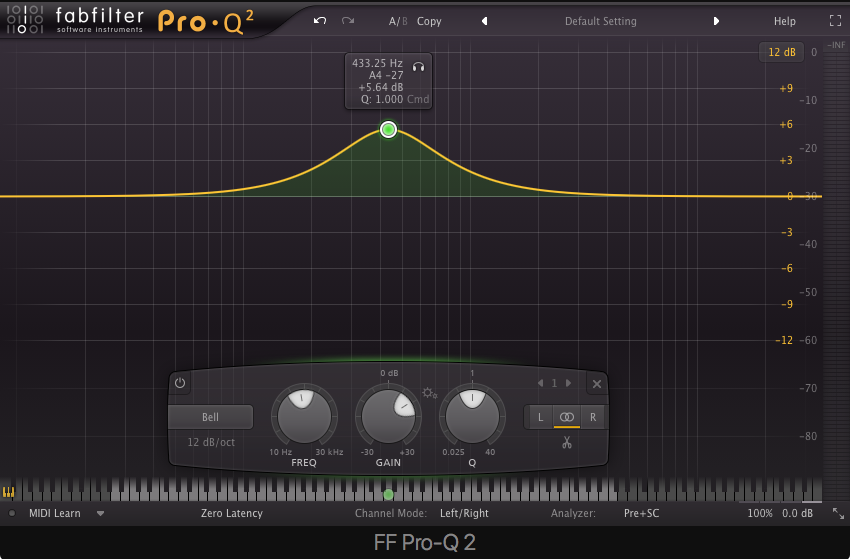Community, Leadership, Experimentation, Diversity, & Education
Pittsburgh Arts, Regional Theatre, New Work, Producing, Copyright, Labor Unions,
New Products, Coping Skills, J-O-Bs...
Theatre industry news, University & School of Drama Announcements, plus occasional course support for
Carnegie Mellon School of Drama Faculty, Staff, Students, and Alumni.
CMU School of Drama
Monday, October 08, 2018
The Fundamentals of Subtractive Synthesis
Pro Audio Files: Another approach, which is perhaps the most prevalent, is Subtractive Synthesis, described by Creasey as an approach in which, “…filtering is the principle tonal modification technique…” (Creasey 502). Of course, many other synthesis models use filtering to some extent, but in subtractive synths, the sources to be filtered are generally simple waveforms (eg. sine, triangle, rectangle, etc.), or noise generators. A distinct benefit of this technique in the digital realm is the possibility of creating complex timbres with relatively low CPU load as compared to additive synthesis or other methods.
Subscribe to:
Post Comments (Atom)

1 comment:
I do not know as much as I would like to know about synthesizers. I have spent hours and hours playing around with them, and I’ve used them reasonably effectively on occasion to create a desired effect for a show, but so far their complexity has largely constrained me to the guess and check method when looking for a particular kind of sound. I can’t say that this article will really get me beyond that, but it is a nice explaination of the basics. I’m certainly glad I read it, because I believe that synthesizers are ofte underutilized in sound design. Not that they belon everywhere or in every show, but I think the level of control and flexability that synth provides can be extremely useful when seeking to create a particular feeling, especially when the anger feeling is surreal, otherworldly, or unfamiliar. It seems like a tool that could be utilized more fully in many contexts.
Post a Comment